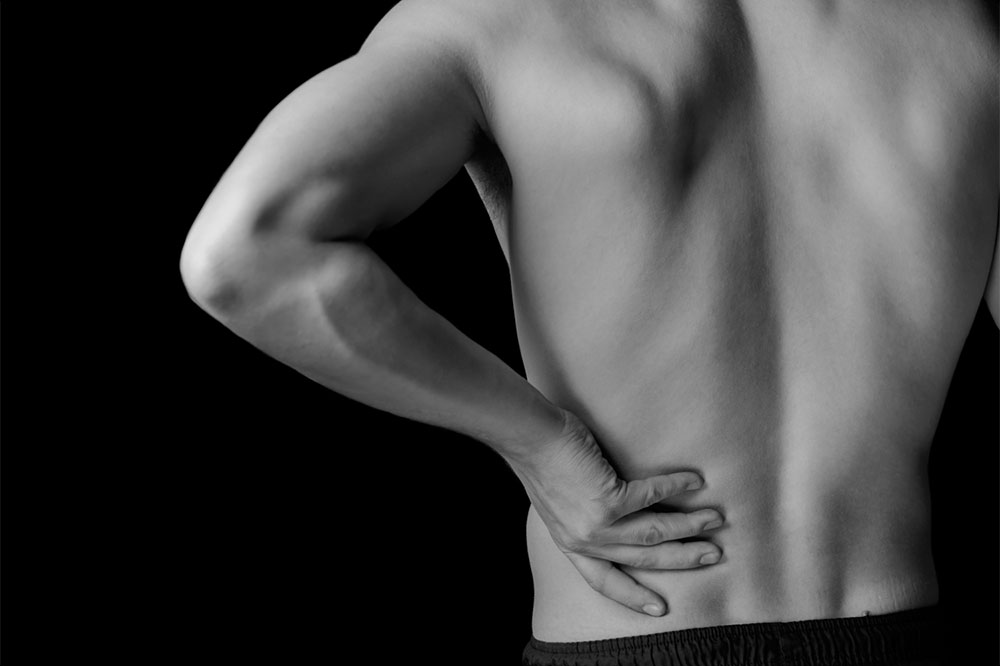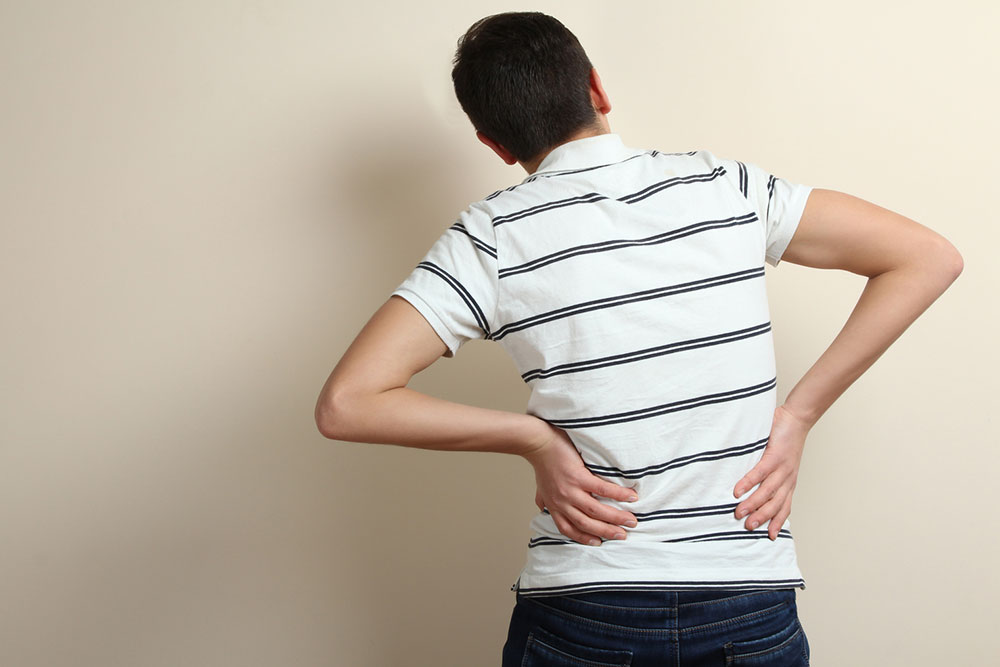Comprehensive Strategies to Relieve Lower Back Pain and Improve Spinal Health
Learn comprehensive and effective strategies to manage and relieve lower back pain. This guide covers lifestyle modifications, ergonomic tips, targeted exercises, and medical options to help you improve spinal health and reduce discomfort. Whether you experience occasional pain or chronic issues, these expert recommendations can help you regain mobility and enhance your quality of life through proven practices and therapies.

Effective Approaches to Alleviate Lower Back Discomfort
Lower back pain is a widespread issue affecting millions globally, often resulting from age-related changes, injuries, or lifestyle factors. Many individuals experience discomfort, stiffness, or even severe pain in the lower back area, especially when lifting heavy objects, bending, or engaging in physical activities. Recognizing the symptoms early and adopting effective strategies can significantly reduce pain and improve quality of life. As we age, particularly after thirty, bone density decreases, making the lower back more susceptible to degenerative conditions such as osteoarthritis, disc herniation, and muscle strain. This article explores comprehensive, evidence-based methods to manage and alleviate lower back discomfort, emphasizing lifestyle changes, ergonomic principles, physical exercises, and medical options.
Lower back pain can stem from various causes, including genetic predispositions, previous injuries, or degenerative changes. Understanding these factors is crucial for effective management. The good news is that many cases of lower back discomfort can be alleviated or prevented through targeted strategies. These include maintaining an active lifestyle, practicing proper stretching techniques, optimizing workspace ergonomics, and utilizing appropriate medical interventions. By integrating these practices into daily routines, individuals can reduce the frequency and severity of episodes and promote healthier spinal function over time.
Stay Active and Maintain Movement.
One of the most critical factors in preventing and managing lower back pain is consistent physical activity. Movement keeps the spinal structures, muscles, and ligaments healthy, flexible, and resilient. Simple daily activities such as making your bed, walking your pet, or engaging in evening strolls can significantly benefit spinal health. Once initial pain subsides, incorporating moderate aerobic exercises like cycling, swimming, or brisk walking is essential. However, it is crucial to avoid overexertion or high-impact activities that may worsen symptoms. Regular, gentle movement stimulates blood flow, promotes nutrient delivery to spinal tissues, and prevents stiffness.
Regular Stretching and Flexibility Exercises.
Sitting for long durations, whether at work or during leisure, can lead to muscle tightness and increased pressure on the lower back. Incorporating regular stretching routines helps alleviate muscle tension and enhances flexibility. Yoga and specific stretching exercises targeting hamstrings, hip flexors, and lower back muscles are particularly effective. For optimal benefits, perform stretches at least twice daily—morning and evening—with careful attention to proper technique. Proper posture during stretching not only prevents injury but also encourages long-term spinal alignment.
Ergonomic Workspace Adjustments.
An ergonomic workspace significantly reduces back strain during prolonged sitting. Use supportive chairs that provide adequate lumbar support, ensuring your lower back is well-supported. Adjust your chair height so that your feet rest flat on the ground, and avoid wearing high-heeled shoes, which can alter spinal alignment. Position your computer monitor at eye level to prevent forward head posture and neck strain. Incorporate footrests and ergonomic accessories when necessary. Small modifications in your work environment can have a considerable impact on preventing recurring back pain.
Targeted Exercises for Strengthening and Flexibility.
Specific exercises focusing on the core, hamstrings, and lower back can help strengthen supportive muscles, reduce strain, and promote stability. Gentle hamstring stretches, performed twice daily, help release tension that often contributes to lower back pain. Incorporating core-strengthening exercises like pelvic tilts, bridges, and abdominal braces enhances spinal stability. Consistency is key; these exercises not only relieve current discomfort but also serve as preventive measures against future episodes.
Hot and Cold Therapy for Pain Relief and Inflammation Reduction.
Applying heat or cold packs offers immediate relief from lower back discomfort. Cold therapy, such as ice packs, reduces inflammation and numbs sharp pain, making it especially helpful during acute episodes. Heat therapy, using heat wraps or warm compresses, promotes blood flow, relaxes tense muscles, and accelerates healing processes. Alternating between hot and cold treatments, based on severity and duration of pain, can optimize relief. Always ensure protective layers to prevent skin burns when using these therapies.
Over-the-Counter Medications and Medical Interventions.
For short-term pain management, non-prescription medications like ibuprofen, aspirin, and naproxen are often effective. These anti-inflammatory agents help reduce swelling and alleviate discomfort. However, use these medications under guidance from a healthcare provider, especially if you have underlying conditions like kidney or liver problems. For chronic or severe cases, medical interventions such as muscle relaxants, physical therapy, or even minimally invasive procedures like injections or surgeries may be recommended. Combining these treatments with lifestyle adjustments enhances overall outcomes and facilitates a quicker return to daily activities.
In conclusion, managing lower back pain involves a multi-faceted approach that integrates daily habits, ergonomic adjustments, physical exercises, and medical support. Maintaining an active lifestyle, practicing proper stretching, optimizing your work environment, and timely medical intervention can significantly improve symptoms and prevent future episodes. Remember, early intervention and consistent effort are key to restoring mobility and enjoying a pain-free life. If symptoms persist or worsen, consult a healthcare professional for a personalized treatment plan that aligns with your specific needs and conditions.





